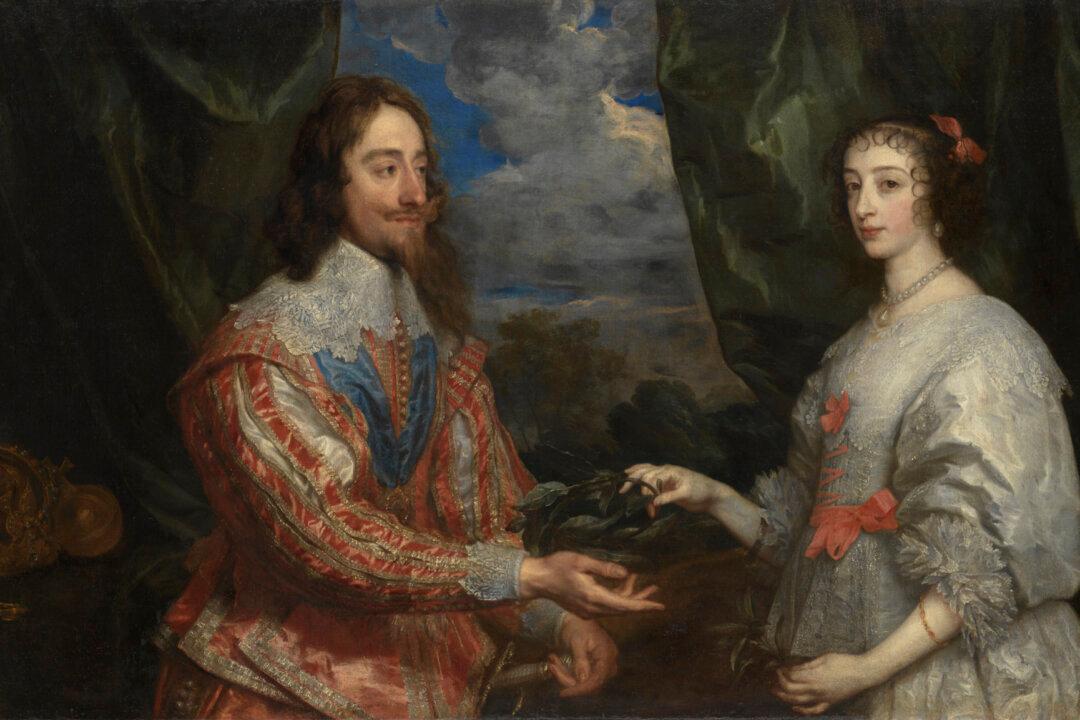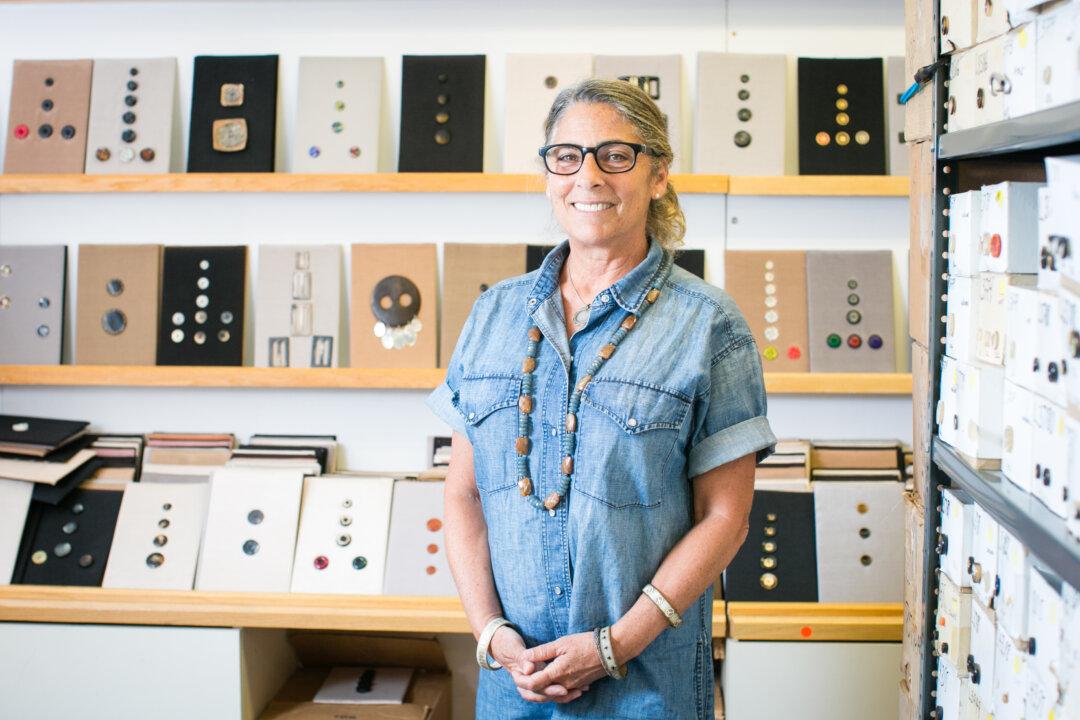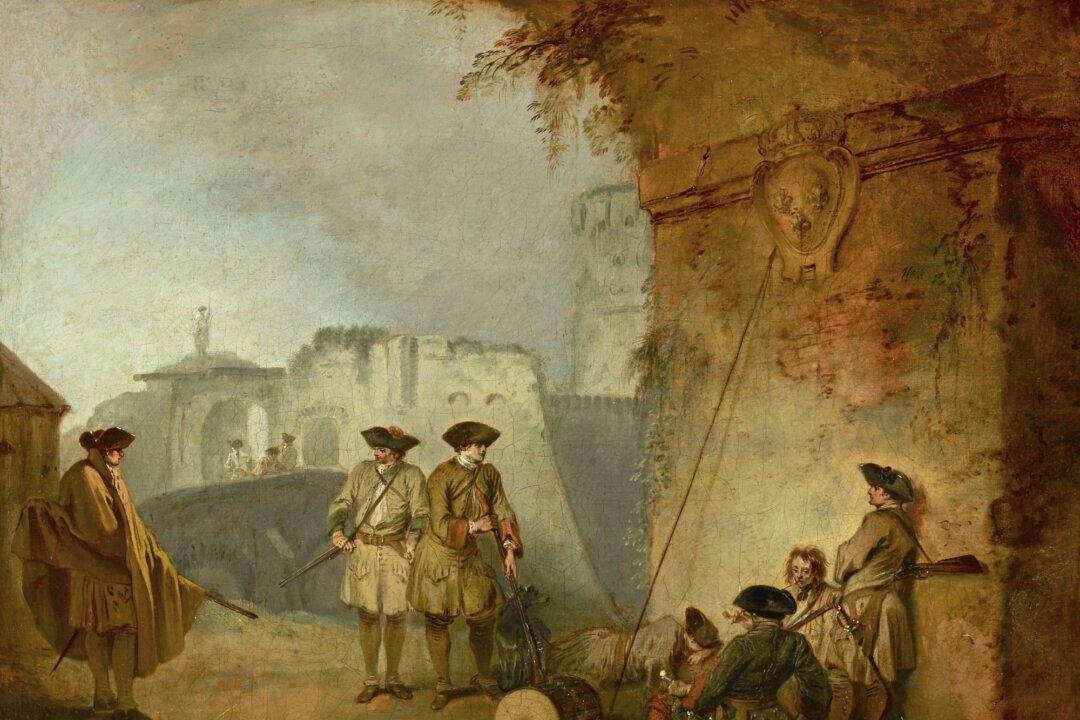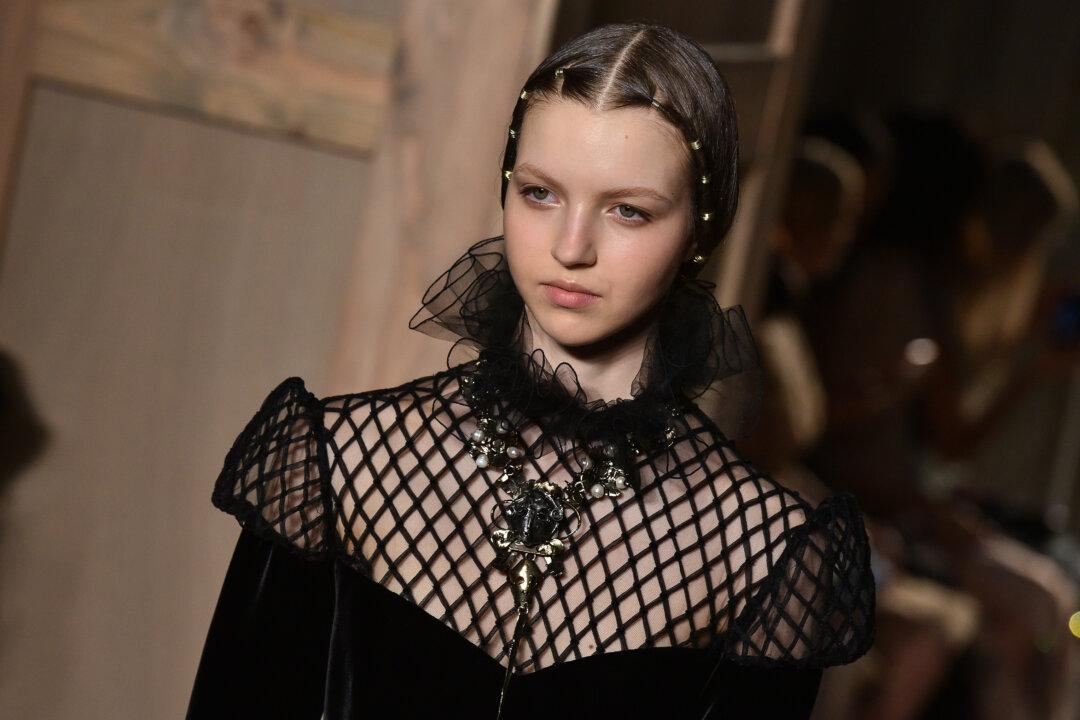NEW YORK—It often happens that an over-hyped blockbuster pre-empts that virgin pleasure of discovering the film for oneself without any preconceptions, bringing to the experience a certain degree of reserve and cynicism.
But with the work of Flemish artist Anthony van Dyck (1599–1641), however, no amount of prior praise can taint the experience of seeing his portraits firsthand.
You can believe the hype.
The exhibition Van Dyck: The Anatomy of Portraiture, on view at New York’s Frick Collection, is the first time in 20 years that a major show of this nature is taking place in the United States. It brings together approximately 100 works (on canvas, wood panel, and paper) that reveal the fast-paced talent and genius of the artist whose rise to fame was meteoric.





